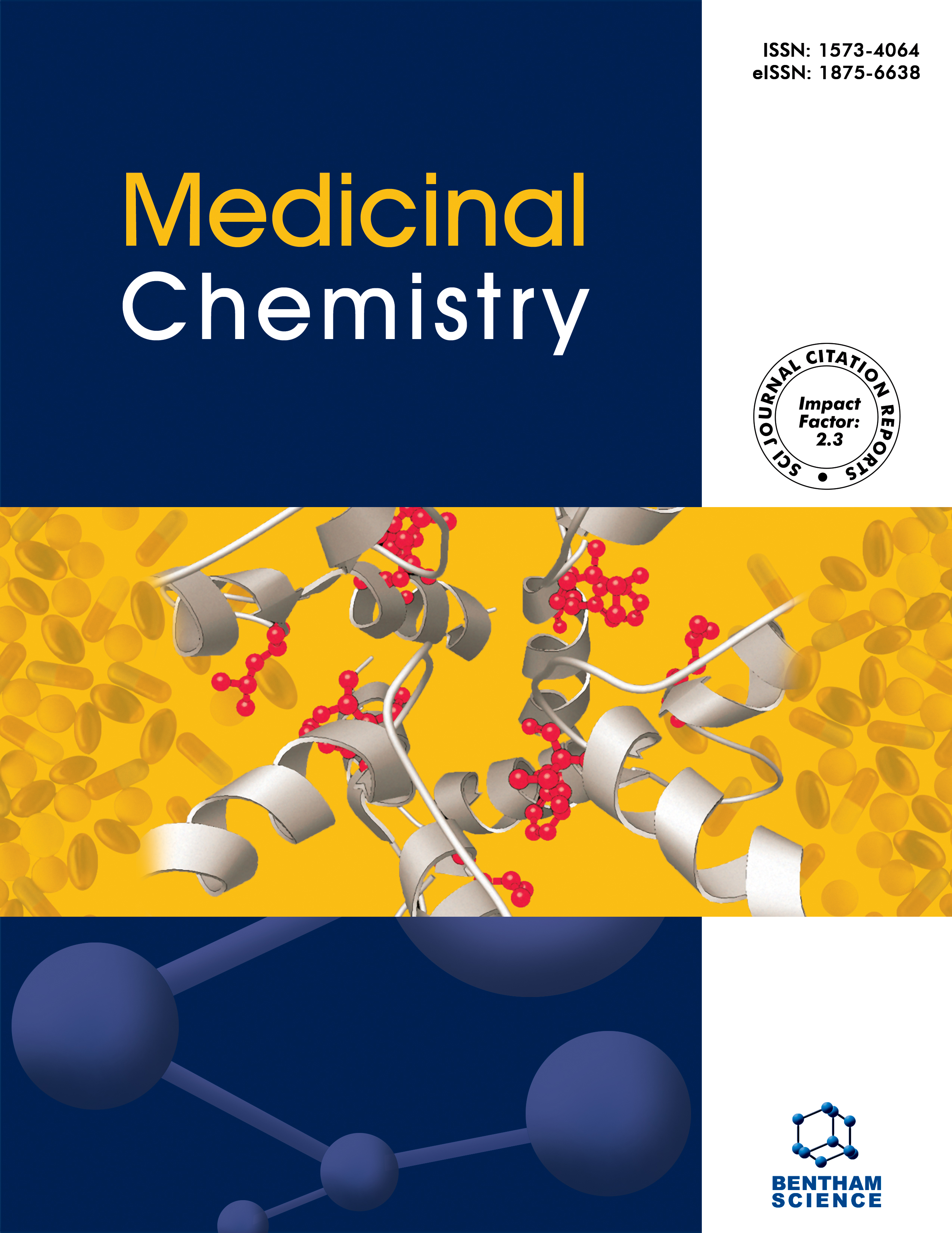
Full text loading...
We use cookies to track usage and preferences.I Understand
Cervical cancer is a global health problem due to its high incidence and prevalence in women, mainly in third-world countries. For the treatment of this disease, there are different therapeutic options, but these are not always effective, which gives rise to the search for new compounds using cheminformatics tools.
The objective of this study was to design, synthesize, and biologically evaluate N-(2-morpholinoethyl)-2-(naphthalen-2-yloxy)acetamide hydrochloride (1) and 2-(naphthalen-2-yloxy)-N-(2-(piperidin-1-yl)ethyl)acetamide hydrochloride (2) on the HeLa cell line in vitro. The referenced cell line from the American Type Culture Collection (ATCC®CCL-2™) was used, and the effect on cell viability was determined by MTT metabolic reduction-based assay at 24, 48, and 72 h.
Therapies directed at the σ1 receptor may be a treatment alternative since this receptor modulates the processes of cell proliferation and angiogenesis, producing cytoprotective or cytotoxic actions depending on the ligand with which it is coupled.
The analysis showed that compounds 1 and 2 presented activity on HeLa cancer cells and viability at micromolar concentrations (1.923 μmol/mL and 0.374 μmol/mL, respectively). Moreover, the effect was maintained for 72 h.
Naphthaleneacetamide derivatives exhibited an inhibitory effect on the HeLa cell line, and the OSIRIS program predicted less toxicity than cisplatin.

Article metrics loading...

Full text loading...
References


Data & Media loading...

